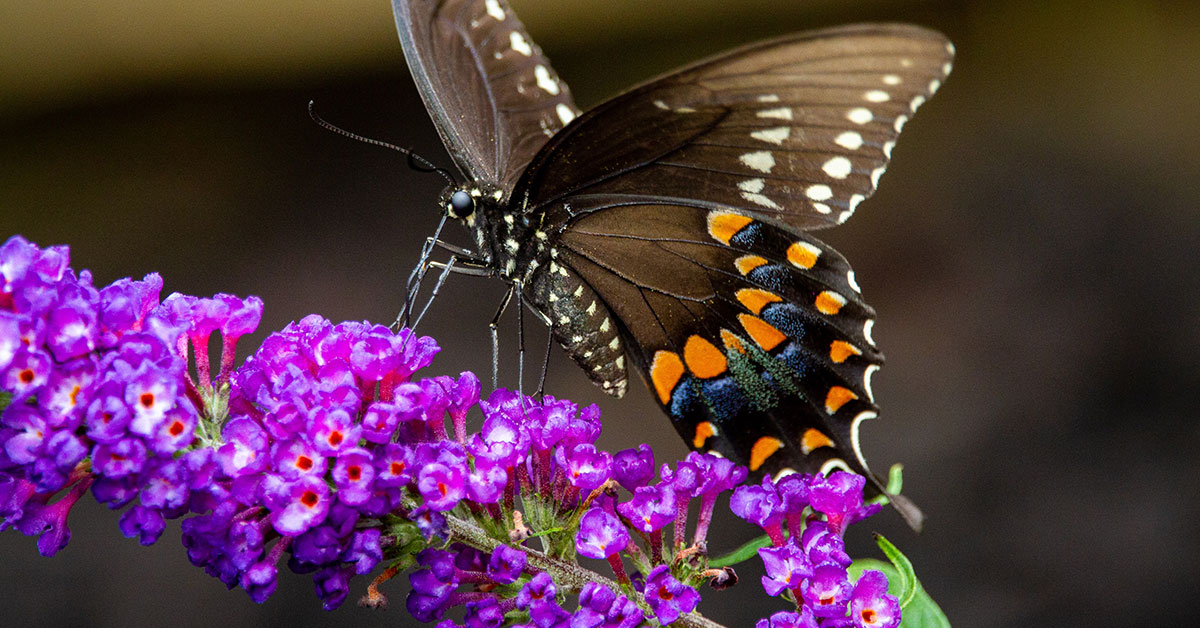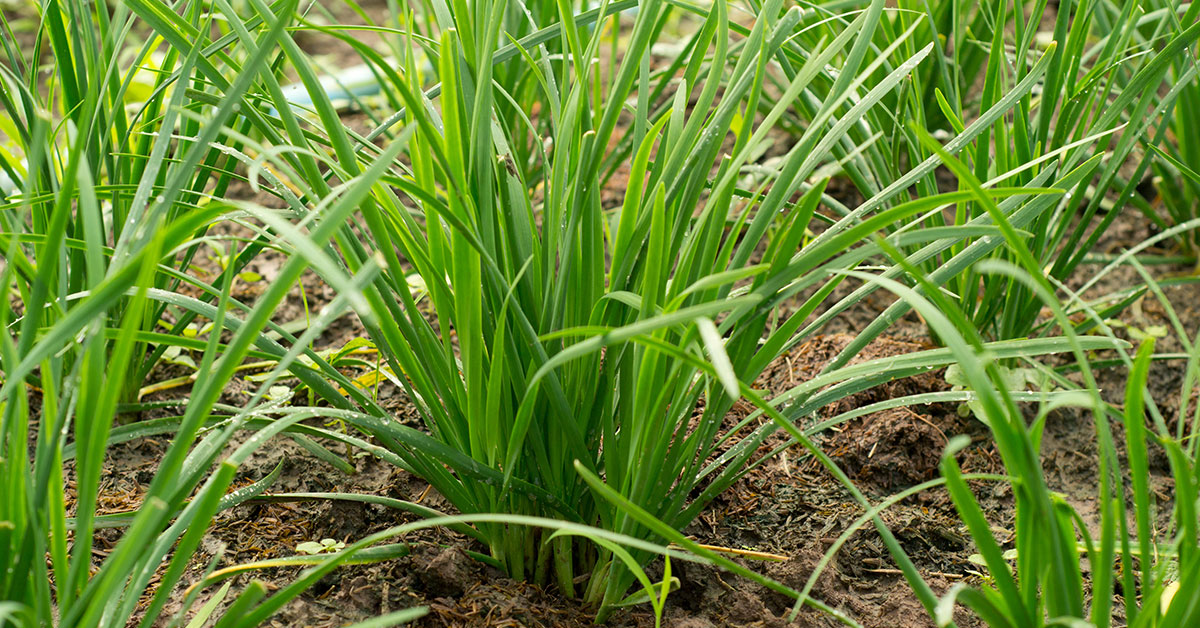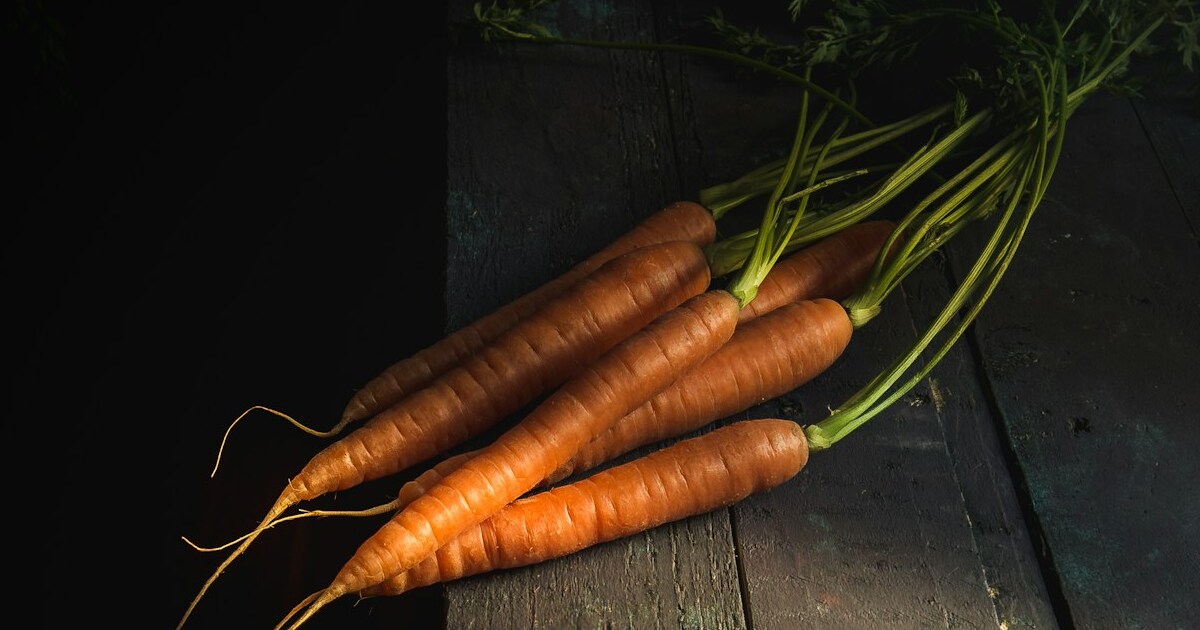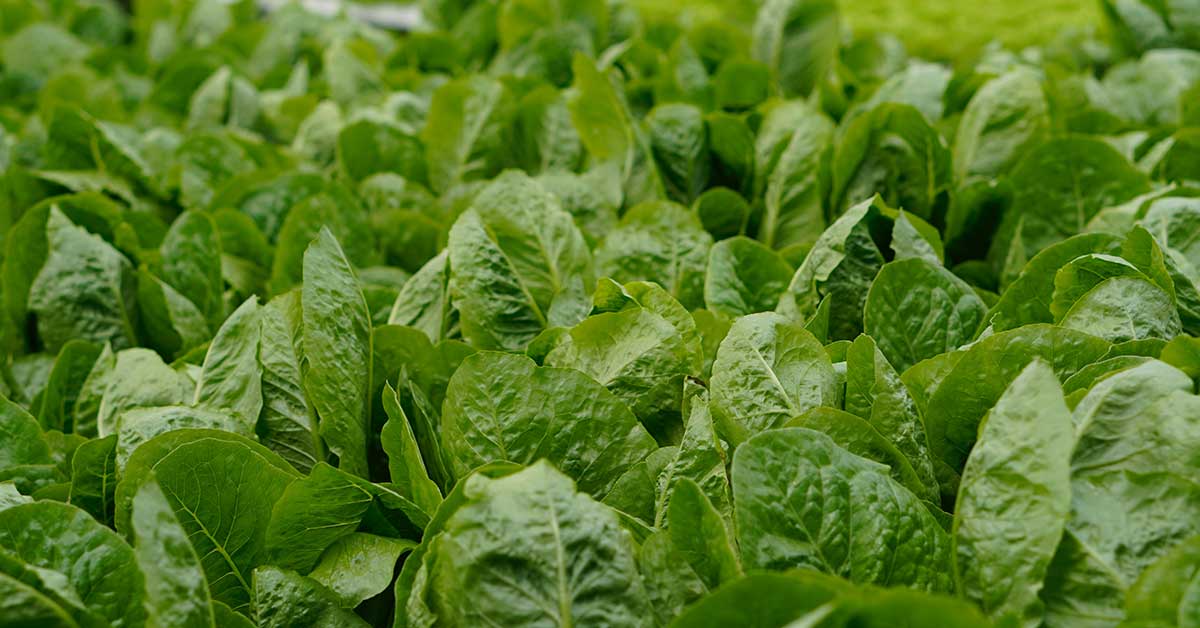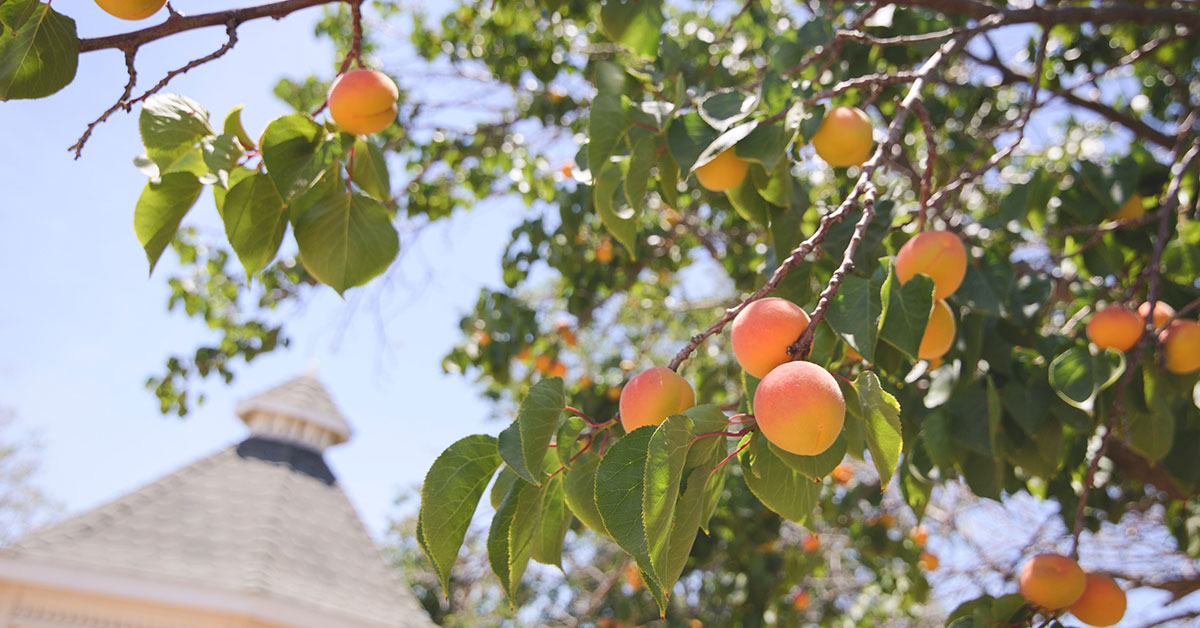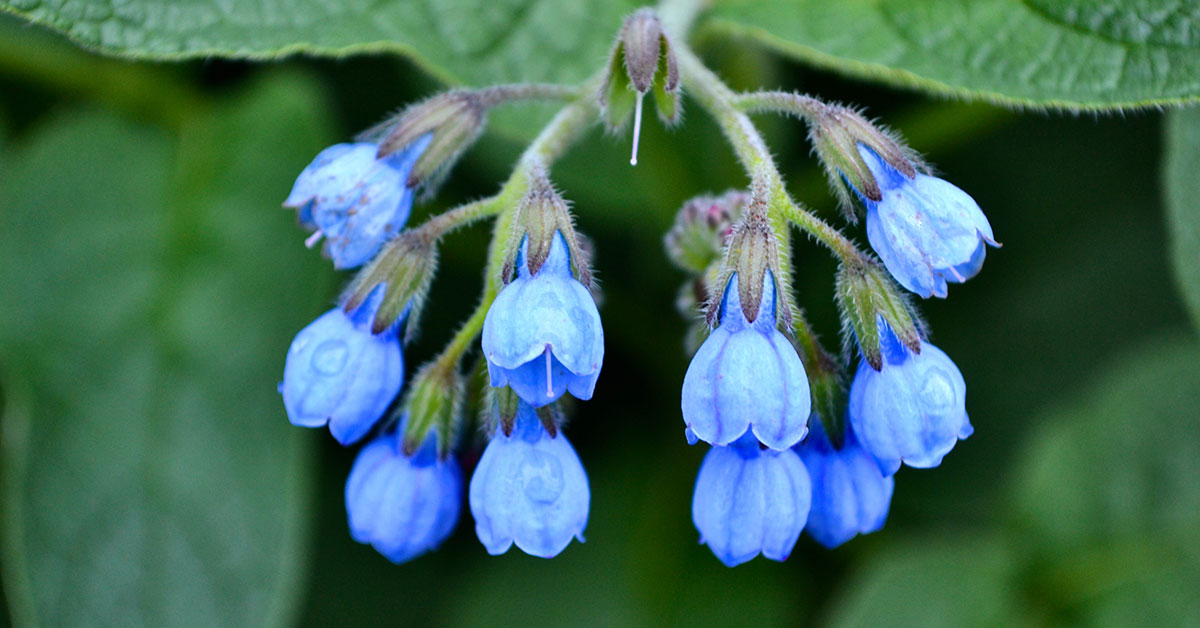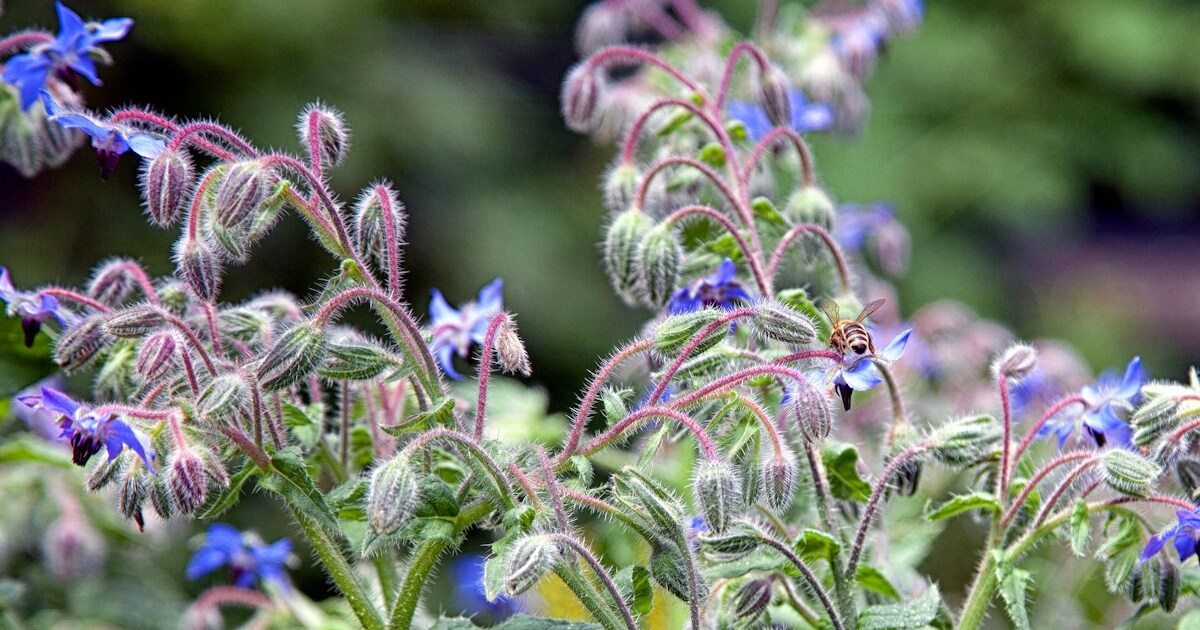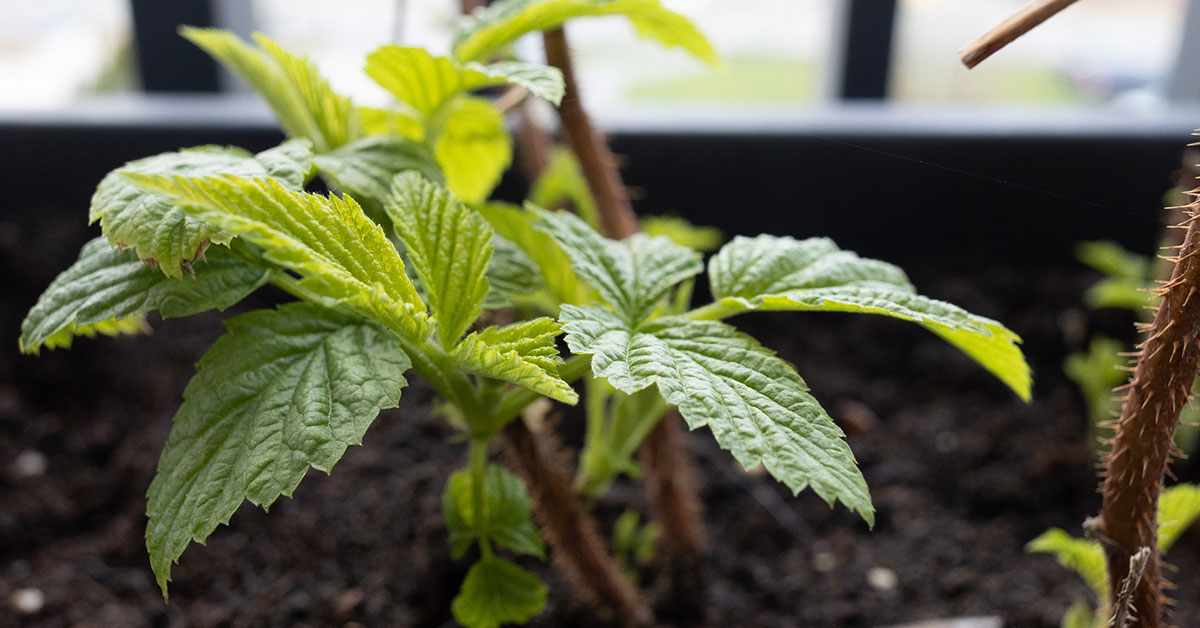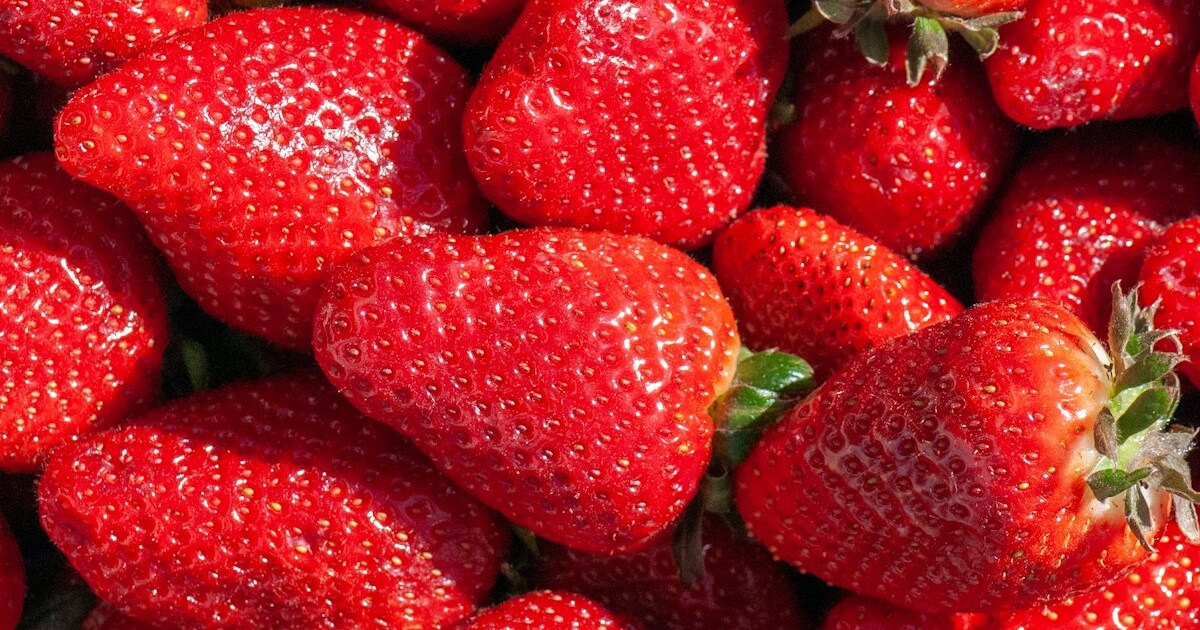June is a pivotal month for our buzzing, fluttering friends—our local pollinators. As a gardener who’s spent countless early mornings watching bumblebees dance between blossoms, I know how thrilling it is to witness that ecosystem in action. But it can also be heartbreaking when habitat loss or pesticides disrupt these vital visitors. That’s why June offers an incredible opportunity to take simple, impactful steps that bolster pollinator populations when they need it most. From planting vibrant, nectar-rich blooms to creating cozy nesting spots, each effort you make can ripple out and support bees, butterflies, hummingbirds, and other pollinating champions.
If you’ve ever felt frustrated by a lawn that seems void of life or worried about dwindling bee numbers, you’re not alone. I remember the sting of seeing bare soil where milkweed once thrived—an essential host for monarch caterpillars! By embracing these fourteen gardening habits in June, you’ll cultivate a garden that’s not only colorful and joyful but also a refuge for local pollinators when blooms and nesting materials are in full swing. Whether you have acres to transform or just a few pots on a balcony, you can be part of the solution. Below are ten thorough, detailed ways to make a difference for pollinators this June—each section delves into plant origins, behaviors, and ecosystem roles, all written from the perspective of a gardener excited to share this journey. Let’s dive in!
Provide Shallow Water Sources
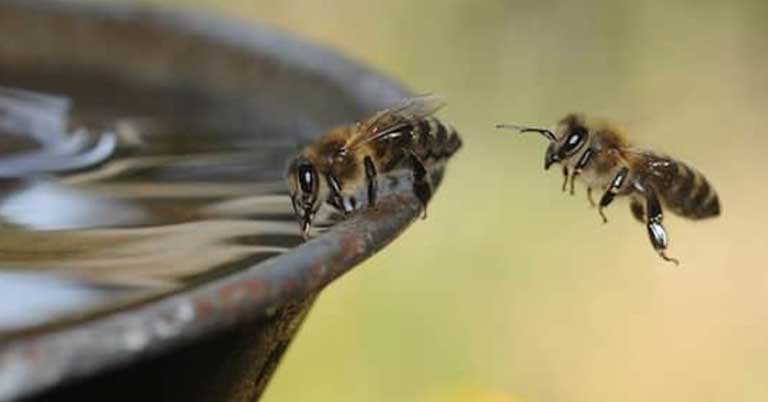
Offering a simple water source can be a lifeline for thirsty pollinators during hot June days. A shallow dish or small container filled with water and stones (so insects can perch) becomes an oasis for bees, butterflies, and even hummingbirds. I once watched a family of small solitary bees sip from a shallow bowl in my front garden—seeing them dip their legs and wings into the water was a reminder of how crucial hydration is for pollinator survival. Ensure the water is refreshed daily to prevent mosquitoes from breeding and to keep the water clean and cool.
Native bees, such as mason bees, often search for moisture to build mud cells for nesting, so your water source doubles as a nesting material collection point. Butterflies, particularly swallowtails and fritillaries, are drawn to “puddling” spots where they gather minerals from damp soil; a shallow tray with a mix of sand and soil kept moist can serve this purpose. Hummingbirds prefer dripping water or mist sprays—they’ll flock to a gentle mister you set up in a shady spot. By providing water thoughtfully, you’ll see increased pollinator visitation, and you’ll feel the joy of knowing you’re keeping them hydrated in June’s heat.
Plant Native Milkweed For Monarchs

Milkweed (Asclepias spp.) is the indispensable host plant for monarch butterflies, and planting it in June ensures caterpillars have fresh leaves to munch on. Species like Asclepias tuberosa (butterfly weed) and Asclepias syriaca (common milkweed) are native to many regions and support monarch migration. I still remember transplanting a few A. tuberosa seedlings into my garden last June—within weeks, I saw bright orange monarch eggs tucked under the leaves. These milkweeds aren’t invasive; they spread by rhizomes but remain manageable if you monitor seedlings.
Aside from monarchs, milkweed blooms attract a host of pollinators: bees (honeybees, bumblebees, and native solitary bees) visit the umbrella-like flower clusters for nectar, while other butterflies such as swallowtails gather pollen. The dense foliage creates microhabitats for beneficial predators—lady beetles, lacewings, and parasitic wasps—who feed on aphids that sometimes settle on milkweed. By June, planting or transplanting milkweed is crucial, as monarchs are actively migrating north; your garden becomes one of the essential pit stops they need. Watching caterpillars transform into chrysalis and then emerge as butterflies feels nothing short of magical.
Create Bare Ground Patches For Ground-Nesting Bees

June is prime nesting season for many ground-nesting bees, such as digger bees (Anthophora spp.) and miner bees (Andrena spp.). These solitary bees require small patches of bare, well-drained soil to dig their tunnels. I carved out a 2-square-foot patch of sandy soil near my wildflower bed last June, leaving it undisturbed, and was thrilled to see bees excavating their burrows within days. These patches do not need constant maintenance—just occasional weeding to keep them free of heavy vegetation.
Ground-nesting bees are superb pollinators, visiting flowers throughout the day and returning to their nests at dusk. Their tunnels also aerate the soil, benefiting nearby plants. Avoid mulching these areas or covering them with dense leaf litter; a thin layer of gravel can help stabilize the edges without concealing the bare soil they need. By mid-June, you’ll likely see bees in and out of these nesting holes, busy provisioning their brood cells with pollen. Providing nesting habitat underground is one of the simplest yet most significant ways to boost local pollinator diversity.
Install Bee Hotels For Solitary Bees
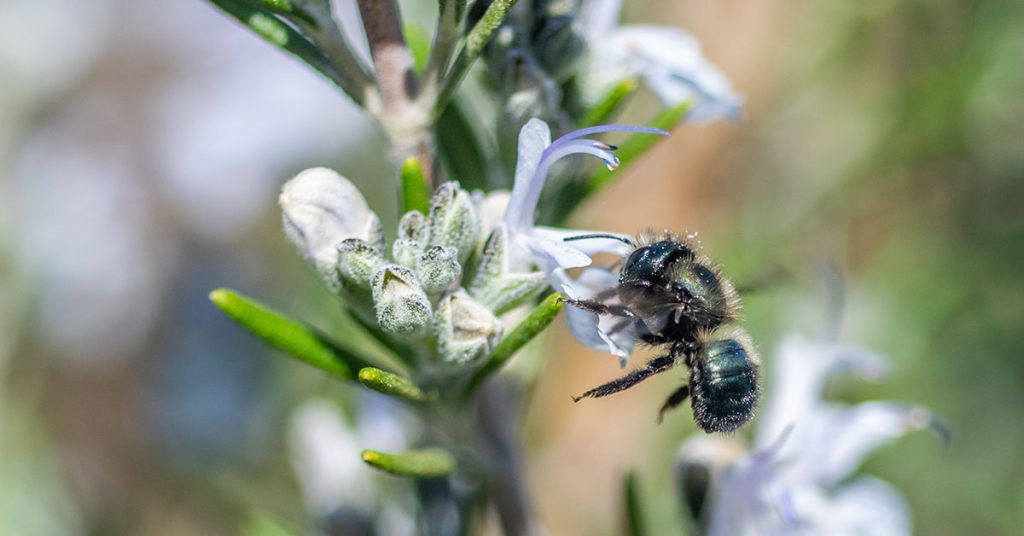
Many solitary bees—like mason bees (Osmia spp.)—nest in narrow cavities rather than in the ground. Installing a bee hotel or drilled wood block in a sunny location near bloom-rich areas can provide these bees with vital nesting sites. I purchased a wooden bee house with bamboo tubes last June, mounted it on a fence facing southeast, and by midmonth, I found tubes filled and sealed with mud by industrious mason bees. These tiny architects can provision multiple cells in a single tube, and each growing bee pupates inside to emerge the following spring.
When setting up bee hotels, avoid cheap materials that retain moisture; ensure the tubes are at least 6 inches deep, ¼ to 5/16 inches in diameter, and replace the tubes or clean them annually to prevent diseases. Native mason bees are incredibly efficient; a dozen tubes can yield hundreds of early spring pollinators that will pollinate fruit trees and berries. Beneath the hotel, plant native early-blooming flowers—like spring-flowering Phacelia or early blooming salvia—to provide nectar as soon as bees emerge. Watching male mason bees perch near the tubes while females finish nesting is a delightful June sight that connects you directly to the pollinator cycle.
Plant A Succession Of Blooms
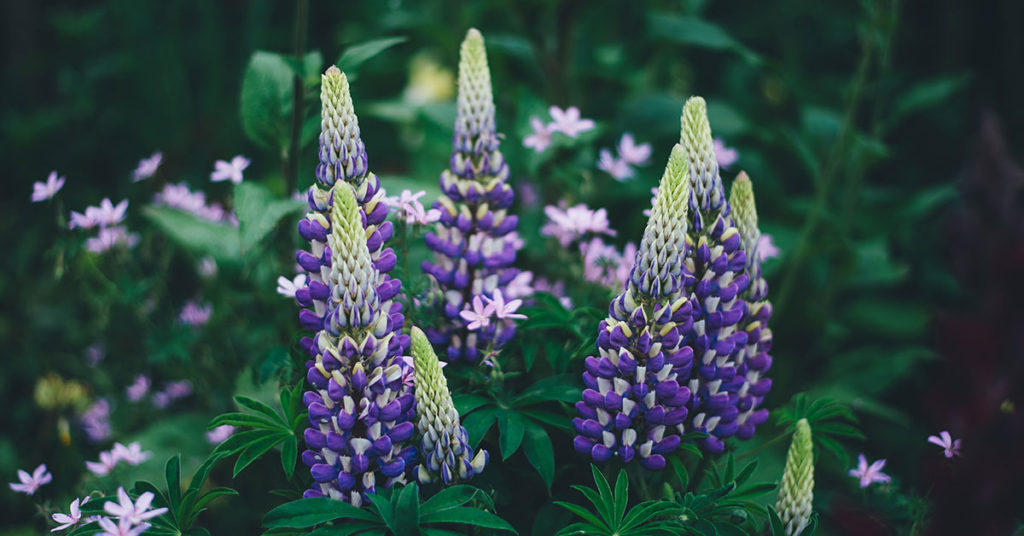
Diversity and continuity of flowering plants are key to supporting pollinators throughout June and beyond. My June garden features a rotating cast of bloomers: early month includes columbine (Aquilegia canadensis), then mid-June shifts to perennial lupine (Lupinus polyphyllus), and by late June, echinacea (Echinacea purpurea) and rudbeckia (Rudbeckia fulgida) come into their own. These plants are native to North America and provide a steady flow of nectar and pollen as the month progresses.
By staggering bloom times, you avoid nectar “hungry gaps” when pollinators struggle to find resources. Include annuals like cosmos (Cosmos bipinnatus) for a long summer bloom, and perennials like bee balm (Monarda fistulosa) for intense mid-June bloom peaks. If you have shade, plant native woodland flowers such as columbine early in June, then transition to sun-loving asters later in the month. This deliberate planning ensures bees, butterflies, and hummingbirds will find something blooming every week. Monitoring emerging pollinator needs in June and adapting your planting schedule accordingly can transform your yard into a pollinator magnet.
Minimize Or Eliminate Pesticides
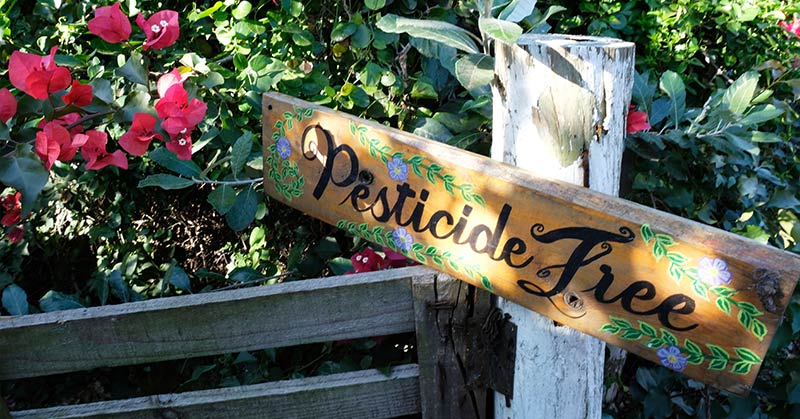
Nothing feels more urgent than the realization that chemical sprays can harm the very pollinators we want to support. Broad-spectrum insecticides kill not only pests but also beneficial bees, butterflies, and predatory insects. I learned this the hard way last June when a neonicotinoid-treated shrubtires wiped out my mason bee population in one shot. Since then, I’ve switched entirely to organic approaches, like insecticidal soaps for aphid control and neem oil for Japanese beetles.
To minimize harm, limit pesticide use to targeted treatments in the evening, when most pollinators aren’t active. Even then, choose organic products like Bacillus thuringiensis (Bt) that specifically target caterpillars without harming bees. Encourage beneficial predators—like ladybugs and lacewings—through companion planting so they naturally keep pest numbers down. Accept a few chewed leaves as part of the natural process; it’s such a bummer when we strive for perfection but end up sacrificing pollinators. By taking a pesticide-free approach in June, you send a clear message that your garden is a safe haven, and you’ll be rewarded with thriving insect activity and healthier blooms.
Leave Some Weedy Patches For Native Plants
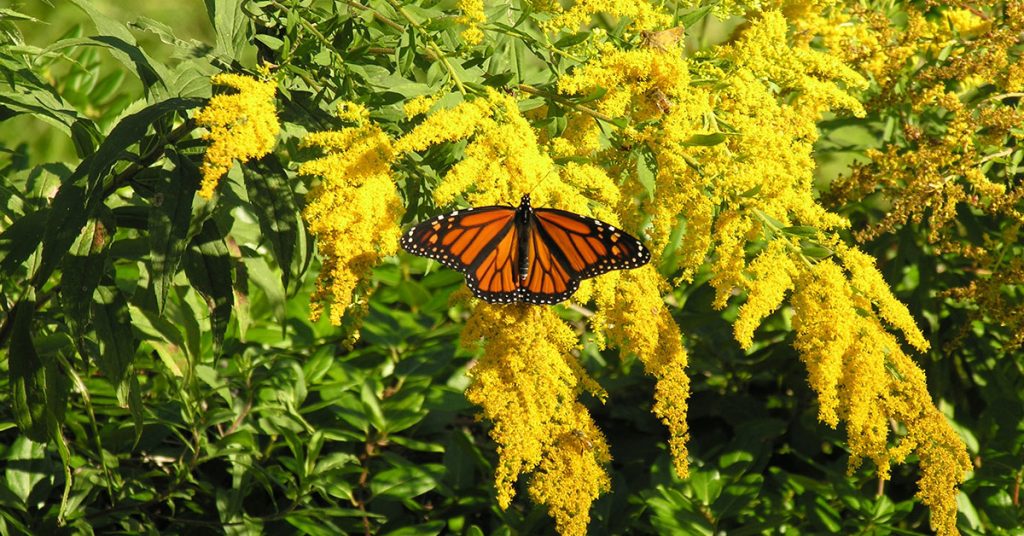
While most of us strive for pristine beds, a little bit of “wildness” can be incredibly beneficial. Letting native weedy species—like goldenrod (Solidago spp.) and aster (Symphyotrichum spp.)—grow in small corners of your yard provides vital late-June and summer forage for pollinators. I cultivated a small area behind my shed last June and watched native bees harvest pollen from coreopsis (Coreopsis tinctoria) volunteers. These plants aren’t invasive in my region, but create a haven for wildlife.
Allowing narrow margins of unmanaged land—such as along fences or walkways—adds valuable habitat diversity. Many bumblebees and solitary bees nest in undisturbed ground among weedy patches. Butterflies like monarchs and queen butterflies lay eggs on milkweed volunteers that appear in these less-manicured spots. Monitor these areas to ensure truly invasive species like Japanese knotweed (Fallopia japonica) or common tansy (Tanacetum vulgare) don’t take over, but welcome native “weeds” that serve dual functions: soil stabilization, habitat creation, and extended bloom periods. By giving a small plot of yard over to native weedy flora in June, you’ll delight in increased pollinator visits and a richer local ecosystem.
Install Native Flowering Shrubs

Native flowering shrubs provide both food and shelter for pollinators, and planting them in June ensures they have time to establish before the heat of July. Consider species like serviceberry (Amelanchier canadensis) or spicebush (Lindera benzoin), both native to North America and not prone to invasiveness when planted in the right conditions. I remember last June when I planted a small clump of Amelanchier—within weeks, bees were visiting its white star-shaped blossoms, and I felt a surge of hope knowing these shrubs would become a permanent pollinator resource.
Late-blooming native shrubs like chokeberry (Aronia arbutifolia) and witch hazel (Hamamelis virginiana) add nectar in mid to late June when other flowers have passed their peak. These shrubs also create nesting habitat for beneficial insects—lacewings tuck into bark crevices, parasitic wasps build nests in leaf litter beneath, and hummingbirds perch on branches to survey for insects. Make sure to choose a location with adequate sunlight and well-draining soil, and mulch around the base in June to preserve moisture. Over time, these shrubs will mature into pollinator magnets that provide multi-tiered habitat: canopy, understory, and ground-level opportunities.
Sow Native Wildflower Pollen Bombs

Scattering packets of native wildflower seeds—pollen bombs—in June can create splashy mini-meadows that attract a kaleidoscope of pollinators. I had a patch in my front yard that I seeded with a mix of Echinacea purpurea (purple coneflower), Rudbeckia hirta (black-eyed Susan), and Coreopsis lanceolata (lanceleaf coreopsis). These species are native to North America and coexist harmoniously rather than turning invasive. By midsummer, the plot was a riot of gold, purple, and orange, drawing bees, butterflies, and even hoverflies that meal on aphids.
When choosing a wildflower mix, look for locally sourced, region-specific blends that prioritize native species. Include a range of bloom times—some early June bloomers like purple prairie clover (Dalea purpurea) and late-June standouts like blazing star (Liatris spicata). Keep the area lightly mowed or trimmed if volunteers try to encroach on neighboring beds, and be patient: many perennial wildflowers take a first-year rest season to develop roots. But once established, these pollen bombs become self-sustaining, requiring minimal upkeep. Watching monarchs, swallowtails, and honeybees converge on the June wildflower patch is a gardener’s delight and tangible proof of your impact.
Provide Shelter With Native Grasses

In addition to blooming flowers, native grasses offer essential shelter and nesting materials for pollinators. Species like little bluestem (Schizachyrium scoparium) and prairie dropseed (Sporobolus heterolepis) are native to prairies and non-invasive, providing structure and seeds. When I planted a clump of little bluestem last June, I watched goldenrod soldier beetles and cloudy-winged hoverflies use the grass stems as hunting perches. By June, these grasses provide shade for soft-bodied bees like sweat bees, which nest in small cavities at the base of tall grasses.
The dense foliage also offers refuge for small butterflies and their caterpillars—pearl crescent butterflies frequently laid eggs on asters growing among my grasses. In late June, the grasses begin to produce aromatic seedheads, attracting finches and sparrows that inadvertently distribute seeds, expanding habitat. Keep the grasses trimmed to about 4 inches above the ground in early spring, allowing them to regrow by June. Preserving patches of native grass among flower beds creates layered habitat: open flowers for foraging, dense grass for protection, and leaf litter beneath for ground-nesting bees and beneficial predators.
Establish Continuous Bloom Through Companion Planting
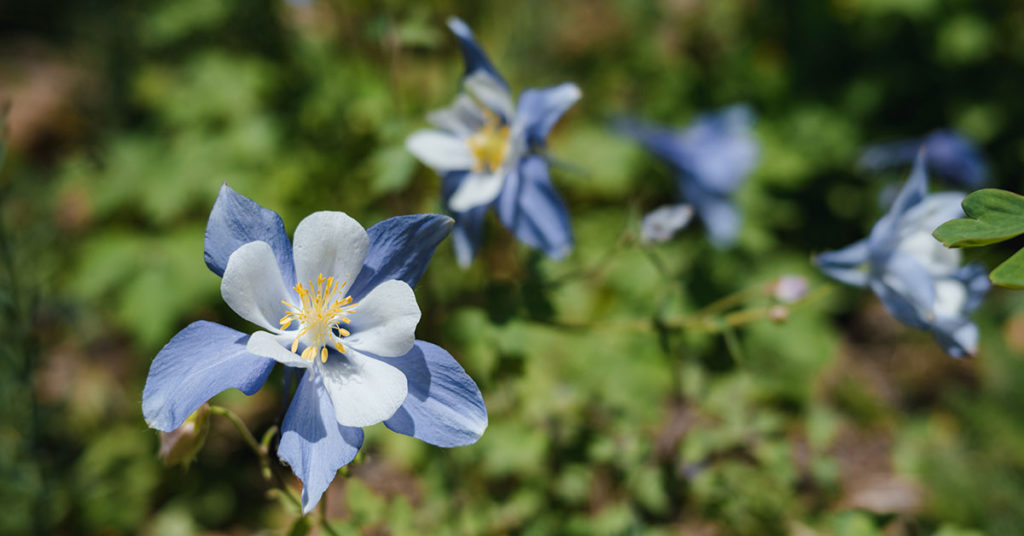
Companion planting ensures that as one flower’s bloom fades in June, another is ready to take its place. For instance, early June blooms of columbine (Aquilegia canadensis) give way to mid-June bursts of purple coneflower (Echinacea purpurea) and late-June spectacles of bee balm (Monarda fistulosa). These North American natives are not invasive, and they sequence beautifully so pollinators never face a dearth of nectar. I recall arranging these in curving beds last June—by midmonth, the pollinator traffic never slowed, each species seamlessly feeding the next wave of bees and butterflies.
Annuals like zinnias (Zinnia elegans) fill in gaps with long-lasting color from June through frost. Pair them with summer-blooming perennials like black-eyed Susan (Rudbeckia hirta) and autumn-blooming asters to ensure forage from early bloom into late fall. Integrate early-season blooms such as spring-blooming salvia (Salvia nemorosa) with heat-loving June standouts like Mexican sunflower (Tithonia rotundifolia) for a full-spectrum buffet. Companion planting also helps suppress weeds and reduce pest pressures: interplanting basil or marigolds near nectar plants can deter some pesky aphids and nematodes. By crafting a garden design that prioritizes continuous bloom, you’ll create an ever-present feast for pollinators through June and beyond.
Minimize Lawn Space And Expand Flower Beds
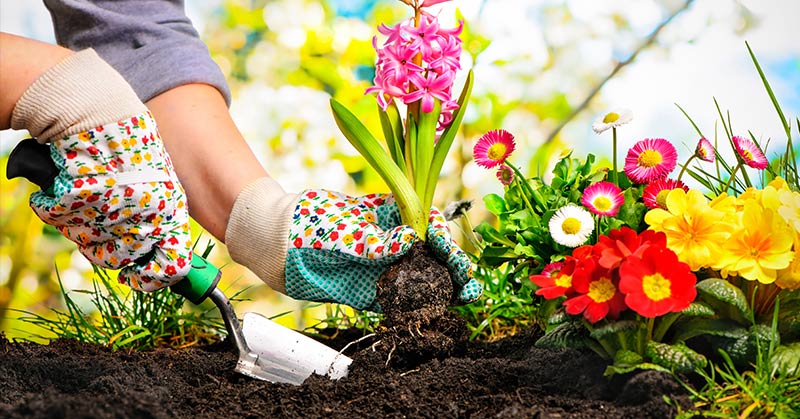
Lawns offer little to no value for pollinators, and converting portions of turfgrass to flower beds can make a big difference. I replaced a quarter of my front lawn with a mixed border of native shrubs and perennial flowers last June—an initial shock to neighbors, but the sight of bees and butterflies fluttering in summer convinced them of its worth. Opt for local native species that won’t escape into natural areas: for example, planting autumn joy sedum (Hylotelephium telephium) and bee balm (Monarda fistulosa) ensures you get pollinator-friendly blooms without invasive risk.
If you can’t commit to large beds, consider narrow pollinator strips along driveways or fences filled with native wildflowers like yarrow (Achillea millefolium) and black-eyed Susan. For those with potted spaces, replace a section of lawn with container gardens of geraniums (Pelargonium spp.) and echinacea—these still attract bees and butterflies. Mowing your remaining lawn less frequently (once a month) allows clover and dandelions to bloom, offering extra forage. By reducing lawn area and boosting planting space in June, you transform your yard into a living tapestry for pollinators, making every flower count.
Support Early June Blooms With Amendments
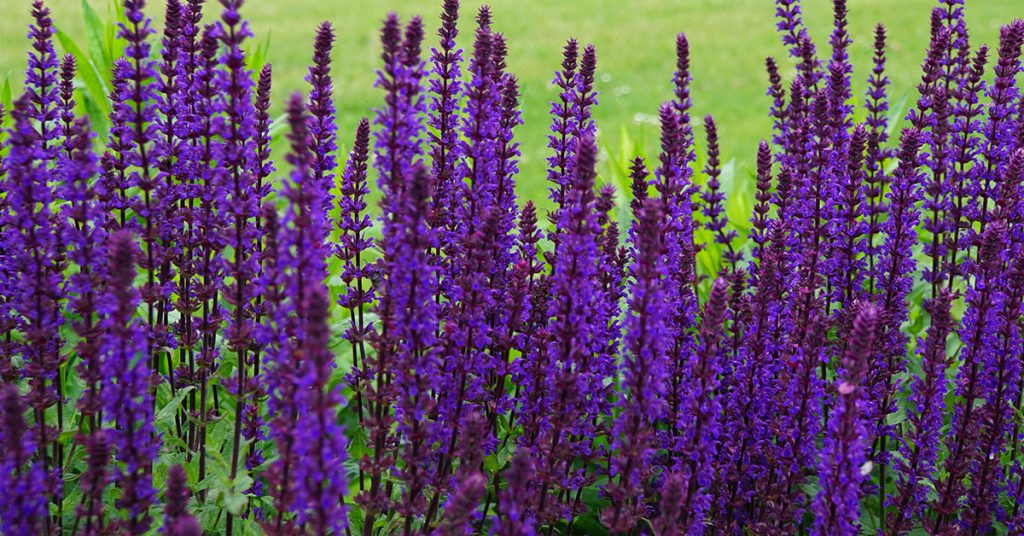
Because many pollinators emerge in early June, ensuring your earliest-blooming flowers have nutrient-rich soil is essential. Last June, I mixed in generous amounts of aged compost and a balanced organic fertilizer around my columbine (Aquilegia canadensis) and early salvia (Salvia officinalis)—both North American natives—and by mid-June they were bursting with blooms, attracting bumblebees and hummingbirds. These soil amendments provide sustained nutrition, setting the stage for abundant flower production when early pollinators are active.
However, avoid overfertilizing with high-nitrogen products that encourage foliage at the expense of flowers. Instead, choose compost that breaks down slowly, releasing nutrients as plants need them. Bone meal or rock phosphate can support strong root growth, benefiting perennial early-bloomers like lupine (Lupinus polyphyllus). A light topdressing of compost after frost and again in early June refreshes beds, improves moisture retention, and fosters beneficial microbial activity in the soil. By giving your early June blooms a nutrient boost, you ensure the first wave of pollinators finds a feast rather than an empty table.
Embrace Weedy Edges And Native Volunteers
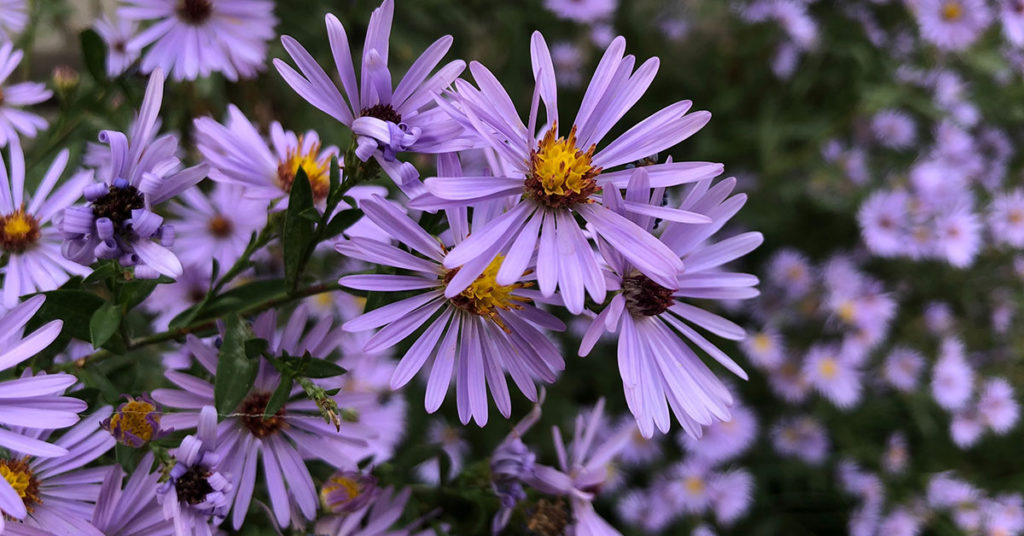
Leaving the occasional wildflower volunteer—like goldenrod (Solidago canadensis) or asters (Symphyotrichum spp.)—along garden edges supports late-June pollinators and beyond. I’ve learned not to pull every stray weed; last June, I discovered a small colony of sulphur butterflies feeding on volunteer clover (Trifolium spp.) at the garden’s edge. Since clover is native or non-invasive in many regions, I let it grow, knowing it offered pollen to bees even when other flowers were scarce.
Similarly, dandelions (Taraxacum officinale), though invasive, bloom in early May and June, providing critical nectar for early-emerging bees. Rather than eradicating them entirely, consider limiting them to certain areas, allowing bees to access their bright yellow heads. Be mindful, however, of truly invasive species like Canada thistle (Cirsium arvense), which can outcompete natives—remove those promptly. By balancing weedy volunteers and cultivated plantings, you create a layered ecosystem where pollinators find something blooming almost every day of June. Embracing small patches of “wild” helps fill nectar gaps and provides continuous forage.


